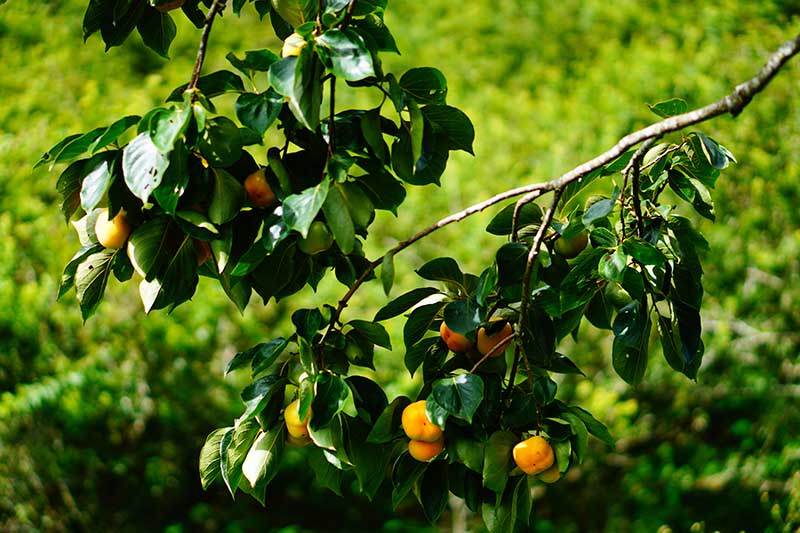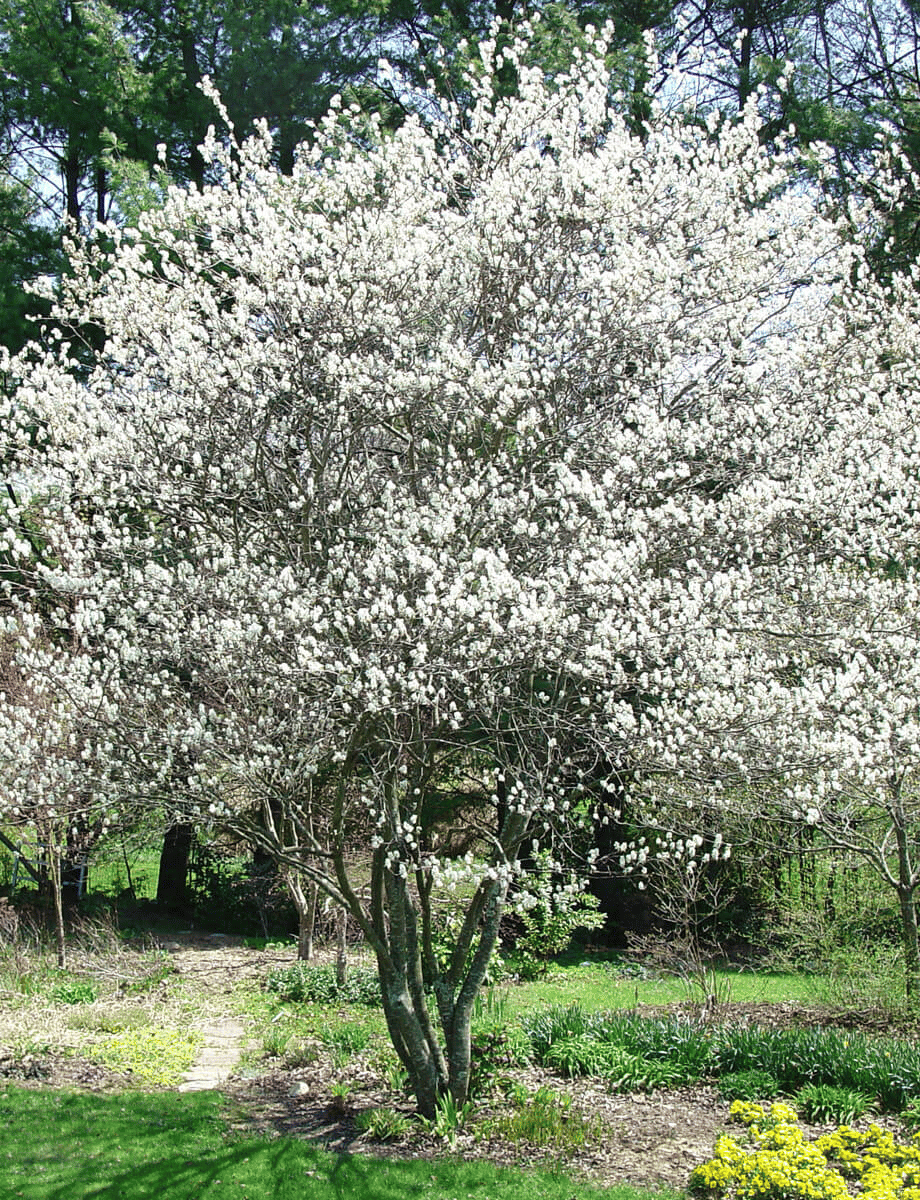–
Want more trees in your yard, but want to make sure they’re natives? Here are seven native trees to have in your yard:
–
Buckeye
The buckeye tree is a great option for those who love a flowering plant. The buckeye flowers in early spring and produces the well known “buckeye” nut, termed so because it resembles a deer’s eye. However, don’t be fooled by these nuts that also resemble the tasty peanut butter-chocolate dessert! Buckeye nuts are not edible. However, they can be used to plant more buckeye trees. If you do wish to plant more buckeyes from your own seeds, you can expect to collect the nuts once they’ve naturally fallen from your tree, typically in September and October.
Eastern White Pine
If you’re looking for a Christmas tree you can plant in your yard after the holidays, this evergreen might be the one for you. This conifer is one of, if not the largest pine in the United States. At maturity, they can be over 75 feet tall and 2-4 feet wide, so this is a tree for which you want to ensure you have enough space. Make sure the root ball is intact, so this beauty can be planted in your yard (weather permitting) once the Christmas décor has been taken down.
Pawpaw
The pawpaw is part of a mainly-tropical family of plants, so it may come as a surprise to know it is native to the eastern United States! It’s the largest edible fruit native to the U.S., so you’re in for a treat if you own one of these fruit-bearing trees. Pawpaws are not large trees and range from 15 to 30 feet in height, while their trunks average 6-12 inches in width. These trees produce flowers in the early spring before giving way to green leaves, yield ripened fruit (tasting similar to other tropical fruits like mangos and papayas) in late summer through September and October, and have leaves that turn yellow in the fall. Note that more than one pawpaw plant is necessary to produce fruit through cross-pollination.
Persimmon
While most flowering trees shine in spring and summer, this native Tennessean is a true beauty this time of year. The American persimmon tree has leaves that turn a vibrant red-orange in the fall, and it produces a beautiful orange fruit (Go Vols, am I right?) in the fall and winter. Like the pawpaw, these trees need to be planted in pairs, as a male tree and a female tree are necessary in order to yield fruit. Patience is also key with this tree, as it may take several years for them to produce fruit once planted. But, who knows? Perhaps you’ll get lucky with some that produce their little, orange fruit sooner rather than later!

Redbud
If you’re looking for a beautiful pop of color without the size of some other trees, the redbud might be the tree for your landscape. It’s a native tree with rosy pink flowers that appear in April before giving way to reddish-purple leaves that turn green in the summer and then yellow in the autumn. The flowers are also replaced by legumes that ripen in October and can remain on the tree through winter. The seeds from these legumes are typically spread by wind and birds. Redbud trees typically grow 20 feet in height and can have a spread of branches as wide as they are tall, so they can be a great addition to nearly any yard.
Sycamore
This Tennessee native is known as the largest growing tree in the east, and it provides plenty of shade as such. These giants can grow over 70 feet tall and several feet in diameter, so be sure you have plenty of room before planting one. Sycamores are also known for their scaly, grayish bark that reveals a smooth, white underlayer. Their branches yield large, green leaves that turn a yellow-brown color in autumn, hence why they’re exceptional shade trees. Sycamores are hardy and can endure pollution and extreme weather conditions, so they’d fare well and make quite the statement in any yard large enough to house them.
Serviceberry
Known by many names – juneberry, sugarplum, shadbush, etc. – the serviceberry is a large shrub or small tree loved by many, especially the birds. This plant produces fragrant, white flowers in early spring that make way for the berries wildlife enjoy so much. Their berries start small, round and green, but eventually turn red and then purplish-black as they ripen in summer. The serviceberry’s leaves appear in spring as a regular green color, but will turn yellow, orange or red in the fall. The plant averages 15-25 feet tall, depending on how it’s pruned. These plants also tolerate pollution well, so they fare well in urban settings like Nashville.
Have more questions, or need help finding the perfect tree for your yard? Give us a call, or visit our garden center in Nashville!










